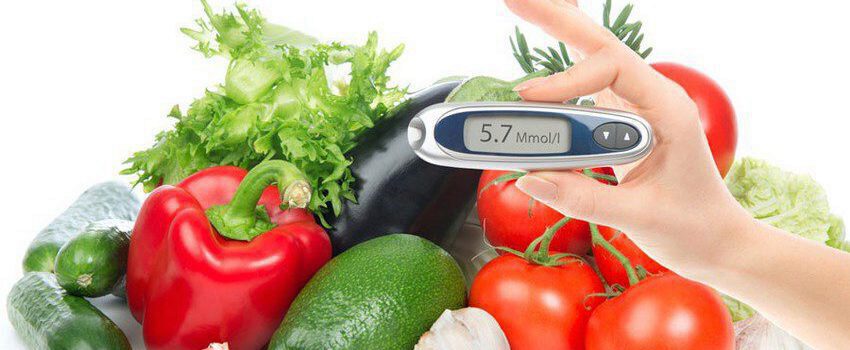Being active and making healthy food choices are key factors in managing blood glucose levels for people with diabetes.
The following healthy eating tips can help you manage your blood glucose levels:
Eat at regular times. Aim for three meals per day at regular times, no more than six hours apart. You may also need a healthy snack between meals.
Limit sugars and sweets. Sugary foods such as regular pop, desserts, baked goods, candies, sugar, honey and jam will increase your blood glucose.
Limit high-fat foods. Fried foods, chips, snack foods, chocolate, pastries, baked goods, and fatty meats are high in fat and calories and can cause weight gain. A healthy weight can improve blood glucose levels and is also important for heart health.
Increase fibre. Fibre can help you feel full. Plus, some fibre can slow down the digestion of carbohydrates, which help with blood glucose control. High-fibre foods include whole grains, vegetables, fruit, dried beans and peas and lentils.
Drink water. Sweet beverages such as fruit juice, regular pop, fruit drinks, and sweetened coffee drinks will increase your blood glucose. Water is the best option to quench your thirst.
Plan for healthy eating. Planning balanced meals with the right portion sizes from all the different food groups can help you manage your weight and control blood glucose. Here’s how to divide your dinner plate to plan a balanced meal:
·Vegetables: ½ of your plate. Vegetables are low in calories and high in nutrients. Focus on non-starchy vegetables such as broccoli, leafy greens, bell peppers, zucchini, mushrooms, asparagus, and cauliflower. Aim to include at least two kinds of vegetables per meal.
·Grains & Starches: ¼ of your plate. Grains and starches can raise blood glucose, so it’s important to keep portion sizes in check. Focus on higher fibre options such as whole wheat pasta, sweet potatoes, brown rice, barley, whole grain breads, and parsnips.
·Meat & Alternatives: ¼ of your plate.Choose options such as fish, lean meats, eggs, dried beans and peas, lentils, or tofu as part of your meal.
·Milk & Fruit: One cup (250 mL) of low-fat milk and a piece of fruit can complete your meal.
Get active. In addition to healthy eating, physical activity is important for preventing and managing diabetes. Physical activity can help you achieve and maintain a healthy body weight and will improve your blood glucose control. Aim to be active most days of the week with activities such as walking, swimming, fitness classes, skating, dancing, team sports, or cycling.
See a registered dietitian. The Canadian Diabetes Association recommends that people with diabetes receive nutrition advice from a registered dietitian. A registered dietitian can develop a healthy meal plan while considering factors such as your body weight, activity level, lifestyle, food preferences, and medications.
Your Best Resources
This information was summarized from Just the Basics: Tips for healthy eating, diabetes prevention and management, a resource from the Canadian Diabetes Association. For the full article, please visit: http://www.diabetesgps.ca/gps/pdf/Just%20the%20Basics_ENG.pdf.
Visit the Canadian Diabetes Association website for more information about diabetes prevention and management: www.diabetes.ca






